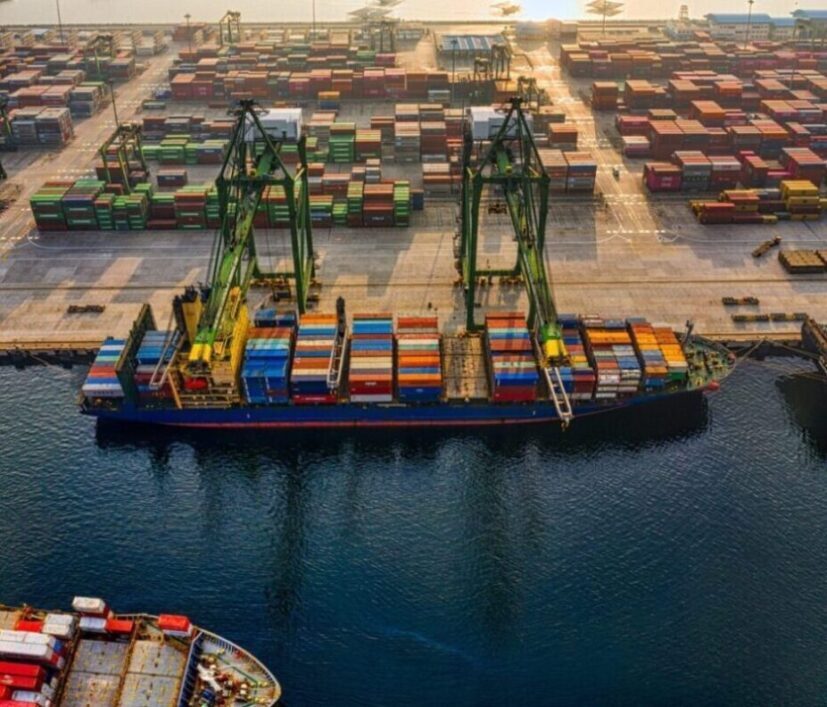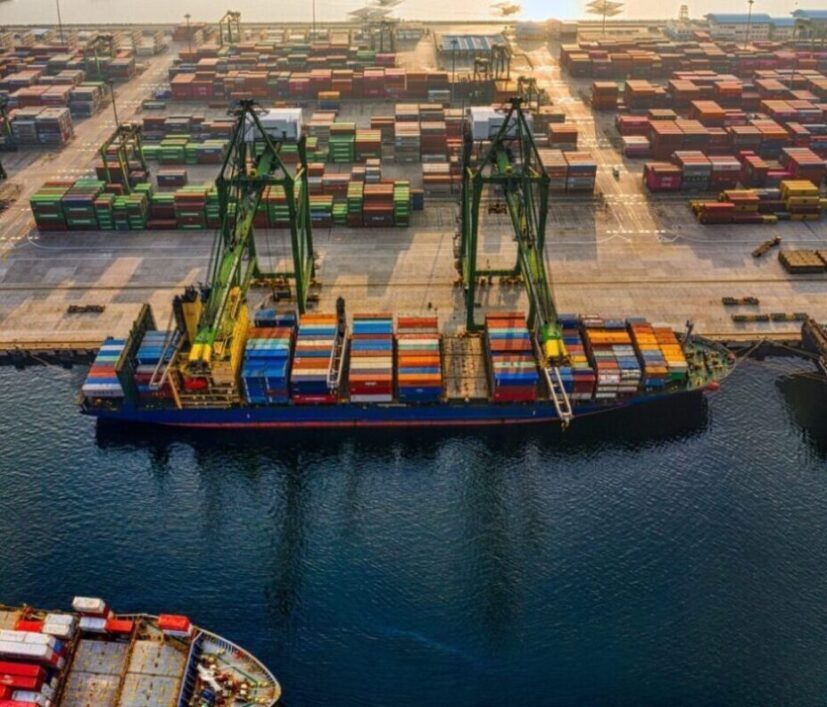The peak summer season in 2022 will possibly be a chaotic one for the container shipping industry. The peak sea freight shipping season usually occurs in the 3rd quarter of every year. During this time, the retailers start stocking up their inventories to cope with the rising demand before the holiday season in the year-end. In 2021, the cargo surges led to a massive spike in container shipping rates. Additionally, there were also port congestion, delays in delivery as well as unreliable container shipping services. As per a recent survey by Container xChange, the summer peak season surge could be even more chaotic for the international supply chain than the previous year.
In today’s blog, we will take an in-depth look at the Container xChange survey and analyze the several challenges of the ocean freight sector for the next two quarters of this year.

The container shipping industry is bracing up for a chaotic summer peak season
Container xChange- a marketplace and digital infrastructure provider for companies in the container shipping sector, has recently concluded the xChange Industry Pulse Survey. According to 51% of respondents in this survey, this year’s iteration of the summer peak season will be worse than the last year. About 26% of the respondents have forecast that this year’s peak season will be less chaotic than 2021. Lastly, 22% of respondents expect the level of chaos to be similar.
The reason behind the chaos is primarily the restart of shipping operations in Shanghai has coincided with the container shipping peak season. As a result, we have seen a steady increase in vessel diversions since mid-April that happened because of the export shipment backlog. Furthermore, the third quarter of the year is usually a busy time for the sea freight industry. This is the time when the retailers start building inventories for the end-of-season sale in the USA, UK, and other countries. As already mentioned before, the heavy cargo volume in 2021 resulted in a sharp spike in freight rates, port congestion, and delivery delays.
How freight forwarders are sourcing their containers
As for the container sourcing strategy of freight forwarding companies, 56% of the respondents said that they have been enlarging their networks. About 38% of respondents said they had entered into long-term contracts, while 25% said they had followed a ‘multi-tender strategy. Moreover, 37.5 % of survey respondents they were shipping beforehand to ensure that their clients get to build their inventory. Around 25% of respondents were making use of alternative transportation solutions and routes for on-time delivery and 18.8% of the respondents were trying to cope with the rising demand by contracting long-term slot agreements with the shipping lines. Nevertheless, 62.5% of respondents were still either dependent on the spot market or were not doing much to ensure the timely delivery of cargo.
How the lockdown in Shanghai has affected the international trading pattern
The Shanghai lockdown that lasted for 2 months majorly jeopardized the stability of the global container shipping industry. Around 58% of the respondents of the Container xChange survey have suggested that the lockdown interrupted the regular flow of shipments and even took a toll on the normal production volume. As a result, we have seen shipment backlogs and irregular cargo flow due to China’s limited exports to Europe and the USA. In the words of Christian Roeloffs, the Container xChange Co-founder, “Predicting exactly what will happen in this year’s peak season is harder than normal because there are so many contradictory signs and intangibles.”
He further states that the Shanghai lockdowns limited shipment availability for exporting to the markets in the US and EU. This is why, as soon as Shanghai has lifted its lockdown we are witnessing a massive spike in cargo volume since the export backlogs have resumed shipping. Additionally, the last lockdowns restricted the flow of shipments for export to the markets in EU and North America. As a result, once China lifts the stringent COVID restrictions, the industry will witness a tremendous rise in shipment volume.
This is because the export backlogs will once again resume shipping. Nevertheless, once the lockdown is lifted and the trucks start normal operations, those backlogs will coincide with the peak season. Therefore, it could potentially result in congestion at the ports in Europe and the US. In this context, we should keep in mind that the ports in Europe and the US are already trying to cope with massive congestion and backlogs.
Wrapping it up
According to the Container xChange survey, several metrics are suggesting that the demand for container shipping is currently on the fall. As a result, the ebbing demand could help to counterbalance the unforeseen rush of cargo from China. Finally, the container shipping industry is contending with other challenges like increasing fuel prices, inflation and the war in Ukraine which are affecting the availability of containers and impeding the timely delivery of shipments.


